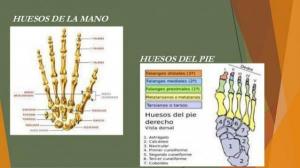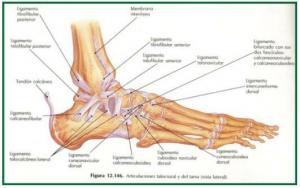Structural and functional neuroimaging techniques II
In this BIOLOGY video we will explain the "Neuroimaging techniques II".
Let's talk about electroencephalogram (EEG) and magnetoencephalogram (MEG). You can already imagine that different fields are detected; some are electric and the others are magnetic. We'll go in order... let's start with the EEG. EEG has become very popular because it is the typical experiment in which you place that "hat" with a lot of cables coming out of it, you put a little conductive liquid to facilitate recording the electrical signal (which is what this test will take) it will allow us to capture the electric fields generated by neurons within the system highly strung. The limitation is that it only allows us to detect that electrical activity of the neurons that are in the cortex or neurons that are directly related, connected to those areas cortical. The deeper areas are not fully detected by how the electrodes are placed. Superficially, not inside the skull (therefore the limitation is what it is). Is a non-invasive technique
, widely used, both for experimental purposes (researchers; as it can be in the study of language, the most active areas at the time of generating a visual image ...) as well as at a clinical level. One of the most relevant is to help understand epileptic seizures; what is the focus of that epilepsy, what type is it ...It's a technique quite versatile. In any case, what this EEG is going to do is capture the electrical waves that neural activity generates. There we find the 4 typical brain waves. The betas; the most present in me when I'm making this video (because I'm in full swing). When we relax, we meditate... we probably find more alpha waves (waves a little slower). Then we would have the teats, they appear in stages of sleep initiation. To finish the delta, the slowest of all. Typical of deep sleep states and are also seen in subjects with mental disorders. On the other hand, it is curious, because they are more frequent in babies than in adults and they are also more frequent in experienced meditators.
If you want to know more about the topic "Neuroimaging techniques II", don't miss this video and practice with the exercises that we have on our website.


